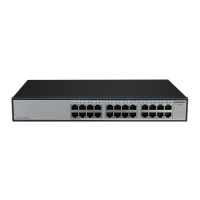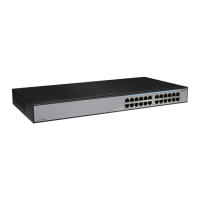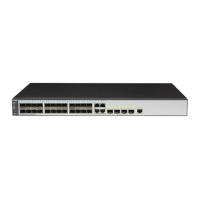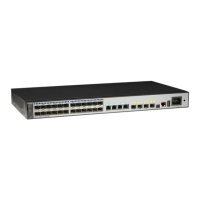Figure 5-4 Networking diagram for configuring OSPFv3 GR
SwitchA
XGE0/0/1
XGE0/0/1 XGE0/0/2
SwitchB
VLANIF20
VLANIF10 VLANIF10
SwitchC
1.1.1.1
1000::1/64 1000::2/64
2000::1/64
XGE0/0/1
VLANIF20
2000::2/64
2.2.2.2
3.3.3.3
Device name Interface VLANIF interface IP address
Switch A XGE0/0/1 VLANIF 10 1000::1/64
Switch B XGE0/0/1 VLANIF 10 1000::2/64
Switch B XGE0/0/2 VLANIF 20 2000::1/64
Switch C XGE0/0/1 VLANIF 20 2000::2/64
Configuration Roadmap
The configuration roadmap is as follows:
1. Configure IPv6 addresses for interfaces.
2. Enable the basic OSPFv3 functions on each Switch.
3. Enable the OSPFv3 helper in the OSPFv3 view of Switch B.
4. Enable the OSPFv3 GR in the OSPFv3 view of Switch A.
Data Preparation
To complete the configuration, you need the following data:
l IPv6 addresses of the interfaces
l Process ID of the OSPFv3 protocol
l Router ID (1.1.1.1) of Switch A and area (Area 0) where Switch A is located
l Router ID (2.2.2.2) of Switch B and area (Area 0) where Switch B is located
l Router ID (3.3.3.3) of Switch C and area (Area 0) where Switch C is located
Procedure
Step 1 Add interfaces to VLANs.
<Quidway> system-view
[Quidway] sysname SwitchA
[SwitchA] vlan 10
[SwitchA-vlan10] quit
[SwitchA] interface XGigabitEthernet 0/0/1
[SwitchA-XGigabitEthernet0/0/1] port hybrid pvid vlan 10
[SwitchA-XGigabitEthernet0/0/1] port hybrid untagged vlan 10
[SwitchA-XGigabitEthernet0/0/1] quit
The configurations of Switch B and Switch C are similar to the configuration of Switch A and
are not mentioned here.
S6700 Series Ethernet Switches
Configuration Guide - IP Routing 5 OSPFv3 Configuration
Issue 01 (2012-03-15) Huawei Proprietary and Confidential
Copyright © Huawei Technologies Co., Ltd.
229

